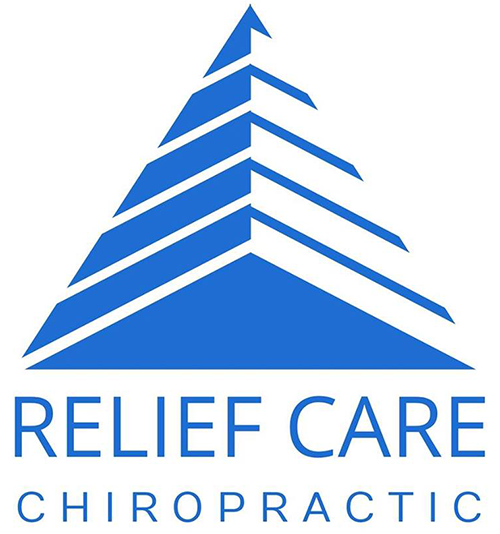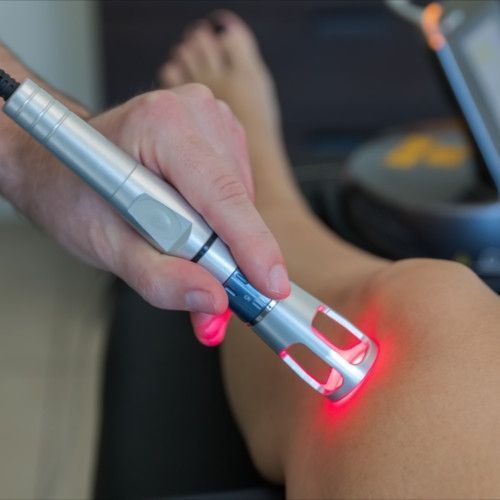Chiropractic Sports Rehab & Physical Therapy Journal Blog

Introduction to Laser Therapy
What is laser therapy?
Laser therapy, also known as photobiomodulation, is a non-invasive medical procedure that uses light to stimulate cellular activity. These light photons penetrate the skin and interact with cells, triggering biological processes that promote healing and alleviate pain.
How does laser therapy work?
Laser therapy works on the principle of photobiomodulation, where light energy is absorbed by cellular components, leading to biochemical changes within the cells. This process enhances cellular metabolism, increases ATP production, and stimulates various biochemical pathways involved in tissue repair and pain modulation.
Types of Laser Therapy
Laser therapy encompasses various modalities, with two primary types:
Low-Level Laser Therapy (LLLT)
LLLT, also known as cold laser therapy, utilizes low-intensity lasers or LEDs to stimulate tissue healing and reduce inflammation. It is no longer used in clinical settings.
High-Power Laser Therapy (HPLT)
HPLT involves the use of high-intensity lasers to penetrate deeper into tissues, targeting areas of chronic pain and inflammation. It offers greater tissue penetration and is effective for treating conditions like arthritis and musculoskeletal disorders. Relief Care Chiropractic uses a 60 Watt machine to reduce treatment time, the most powerful device approved by the FDA.
Benefits of Laser Therapy
Laser therapy offers a several of benefits, including:
Pain reduction
Laser therapy helps alleviate pain by reducing inflammation, improving blood circulation, and stimulating the release of endorphins, the body’s natural painkillers.
Accelerated tissue repair and cell growth
By enhancing cellular metabolism and protein synthesis, laser therapy accelerates tissue repair and promotes the regeneration of damaged cells.
Improved blood circulation
Laser therapy enhances circulation, improves oxygenation and nutrient delivery to tissues.
Reduced inflammation
The anti-inflammatory effects of laser therapy decreases swelling, redness, and pain associated with inflammatory conditions.
Nerve regeneration
Laser therapy promotes nerve regeneration and function, offering relief from neuropathic pain and nerve disorders.
Wound healing
Laser therapy accelerates wound healing by promoting collagen production, angiogenesis, and epithelialization.
Non-invasive treatment option
Unlike surgical procedures, laser therapy is non-invasive, making it a safe and convenient treatment option for most medical conditions.
Minimal side effects
Laser therapy has minimal side effects, such as mild discomfort or temporary skin redness, making it well-tolerated by most people.
Laser Therapy for Different Conditions
Laser therapy has demonstrated effectiveness in treating a wide range of conditions, including:
Chronic pain management
Laser therapy offers significant relief for individuals suffering from chronic pain conditions like fibromyalgia, sciatica, and neuropathy.
Sports injuries
Athletes benefit from laser therapy’s ability to accelerate recovery from sports-related injuries, such as muscle strains, ligament sprains, and tendonitis.
Arthritis
Laser therapy reduces pain and stiffness associated with arthritis, improving joint mobility and enhancing overall quality of life.
Wound healing
Laser therapy promotes faster healing of acute and chronic wounds, including diabetic ulcers, and post surgical.
Safety and Considerations
While laser therapy is generally safe, certain precautions and considerations must be taken into account:
Side effects and risks
Side effects of laser therapy are extremely rare but may include skin irritation or muscle soreness.
Suitability for different individuals
Laser therapy is suitable for everyone, particularly individuals who are sensitive to other forms of treatment or medication.
Consultation with healthcare professionals
Patients should consult with Dr Fred Knochel DC, to see if the treatment is right for you.
Future of Laser Therapy
The future of laser therapy looks promising, with ongoing advancements in technology driving innovation and expanding its applications. From targeted drug delivery systems to precision surgical techniques, laser therapy continues to evolve, offering new possibilities in healthcare.
Conclusion
In conclusion, laser therapy offers safe and effective treatment for many conditions. With its ability to alleviate pain, accelerate healing, and improve quality of life, laser therapy has earned its place as a cornerstone of healthcare innovation.
FAQs (Frequently Asked Questions)
- Is laser therapy painful?
- Laser therapy is generally painless, with most individuals experiencing a mild warming sensation during treatment.
2. How many sessions of laser therapy are typically needed?
- The number of sessions varies depending on the condition being treated and individual response to therapy. Most treatment protocols involve multiple sessions spaced over several weeks.
3. Are there any side effects of laser therapy?
- While uncommon, potential side effects of laser therapy may include temporary redness or swelling.
4. Is laser therapy covered by insurance?
- Laser therapy is generally not covered by insurance.
5. Who can benefit from laser therapy?
- Laser therapy can benefit those suffering from a wide range of conditions, including chronic pain, musculoskeletal injuries, arthritis, wounds, and dermatological issues.


Contact Information
Phone: (989) 832-2349
Address: 2525 Washington St STE 500 Midland, MI 48642
Business Hours
- Mon, Tue, Thu, Fri
- - -
- Wednesday
- - -
- Sat - Sun
- Closed








